Remembering the Resilience: Reflecting on the 2023 Earthquakes in Turkey, One Year On
One year has passed since the seismic waves shattered the tranquility of Kahramanmaraş, marking February 6, 2023, as a day etched in the memories of Turkey and beyond. The dual earthquakes, with magnitudes of 7.8 Mw and 7.5 Mw, struck with relentless force, centering on the districts of Pazarcık and Elbistan in Kahramanmaraş. The aftermath was devastating, claiming the lives of at least 53,537 in Turkey and 8,476 in Syria. As we reflect on the events that unfolded on that fateful day, we delve into the resilience displayed by the affected regions and the global outpouring of support that followed.
The Impact and Aftermath:
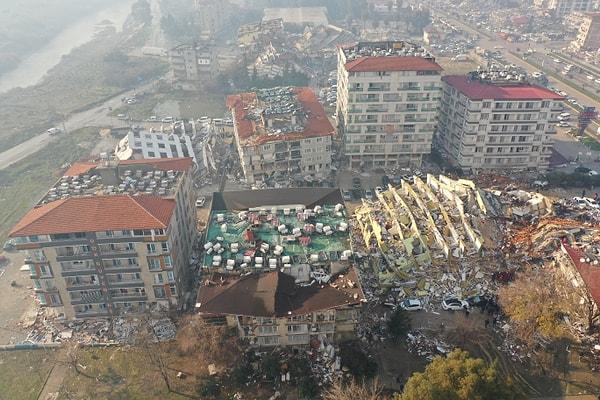
The seismic tremors, reaching the highest level of XII (Catastrophic) on the Mercalli intensity scale, reverberated across an expansive geography, affecting Lebanon, Cyprus, Iraq, Israel, Jordan, Iran, and Egypt. The scale of destruction was staggering, with over 35,000 buildings in Turkey, including many historic structures, reduced to rubble. The earthquake-induced displacement reached unprecedented levels, leaving over 2 million people grappling with homelessness, while an additional 5 million sought refuge in different regions.
The International Labour Organization (ILO) highlighted the economic toll, revealing that 658,000 in Turkey and 170,000 in Syria lost their livelihoods. The earthquakes' total cost in Turkey alone amounted to a staggering $148.8 billion, equivalent to 9% of the country's gross domestic product for 2023. This financial toll surpassed the material losses incurred by the 1999 Marmara Earthquake by more than sixfold. The World Bank reported a direct cost of $5.1 billion for Syria. Together, these earthquakes ranked as the third most economically damaging in the world, causing a combined material loss of $153.9 billion in both countries.
Remembering the Earthquakes:
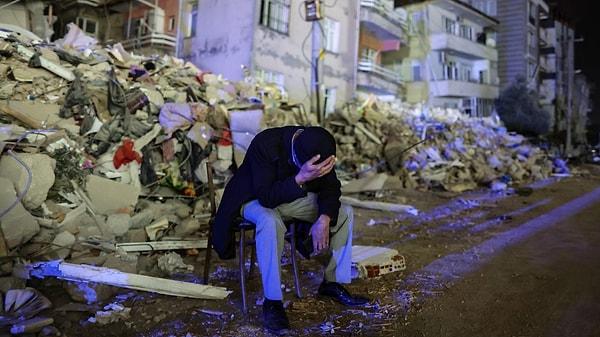
The initial earthquake, centered in Pazarcık, stands as the second-largest earthquake to hit Anatolian lands after the 1668 North Anatolian earthquake. The subsequent Elbistan earthquake, centered on the Sürgü-Çardak Fault, marked the third-largest earthquake in Turkey's recorded history. The seismic activity resulted in a surface rupture of 400 km in the region, causing a westward shift of 3 to 9 meters. These earthquakes, surpassing the 1939 Erzincan earthquake in Turkey and the 1822 Aleppo earthquake in Syria in terms of fatalities, remain the deadliest since the global tragedy of the 2010 Haiti earthquake.
The Seismic Sequel:
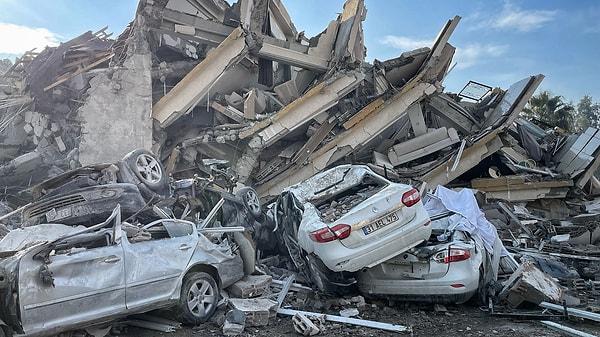
In the wake of the main shocks, a series of aftershocks unfolded, with a magnitude 6.7 Mw tremor occurring approximately 11 minutes later. Over the next six hours, 25 aftershocks of magnitude 4.0 Mw or higher were recorded. The following days witnessed a significant increase, with over 120 aftershocks reported by the Disaster and Emergency Management Authority (AFAD). Expectations loomed for more than 30,000 aftershocks within the next three months.
National and International Response:

Faced with an unparalleled crisis, the Turkish government declared a state of emergency in ten provinces affected by the earthquakes, emphasizing the urgency of international assistance for natural disasters and pandemics. The World Health Organization declared a level 3 emergency for the earthquakes. A state of emergency persisted in the affected provinces for three months, accompanied by national mourning periods ranging from one to seven days in different countries.
In a remarkable demonstration of global solidarity, 102 countries offered assistance to Turkey, with over 141,000 individuals from 94 nations participating in search and rescue operations. International aid poured in, including relief materials, equipment, medical teams, and heartfelt messages of condolence. The earthquake even prompted the reopening of the Armenia-Turkey border for humanitarian aid, marking a historic diplomatic shift after three decades of closure.
The Ongoing Journey:
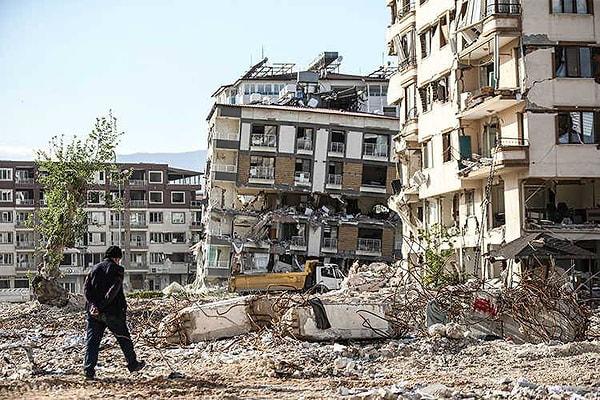
A year on, the scars left by the earthquakes are still visible, both physically and emotionally. The 2023 Meclis Earthquake Research Commission's report underscores the enduring challenges, estimating the total cost in Turkey at $148.8 billion. The echoes of the seismic tragedy persist, reshaping the landscape and the lives of those who survived.
Towards Healing:
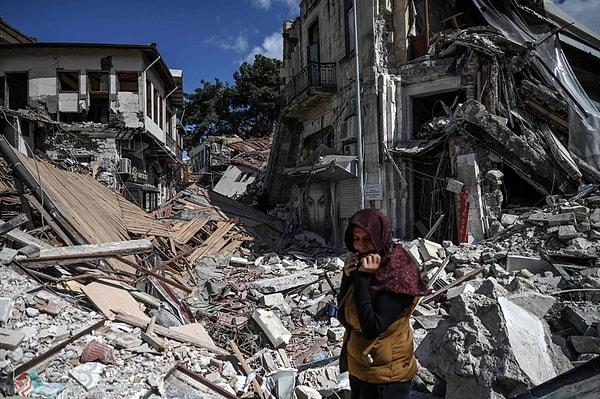
As we remember the seismic upheavals of February 6, 2023, let us not only commemorate the lives lost but also celebrate the resilience and unity that emerged in the face of adversity. The journey towards reconstruction and healing continues, guided by the indomitable spirit of those who weathered the storms. The earthquakes may have left an indelible mark, but so too has the strength and compassion that emerged from the rubble, binding communities together in a shared commitment to rebuild and renew.
As we pause to remember the lives lost in the 2023 earthquakes, our hearts extend sincere condolences to the families and communities forever changed by this tragedy. May they find solace in the collective sympathy of a world that shares in their grief, and may the memory of their loved ones be a source of strength and resilience in the ongoing journey towards healing.
Keşfet ile ziyaret ettiğin tüm kategorileri tek akışta gör!


Send Comment